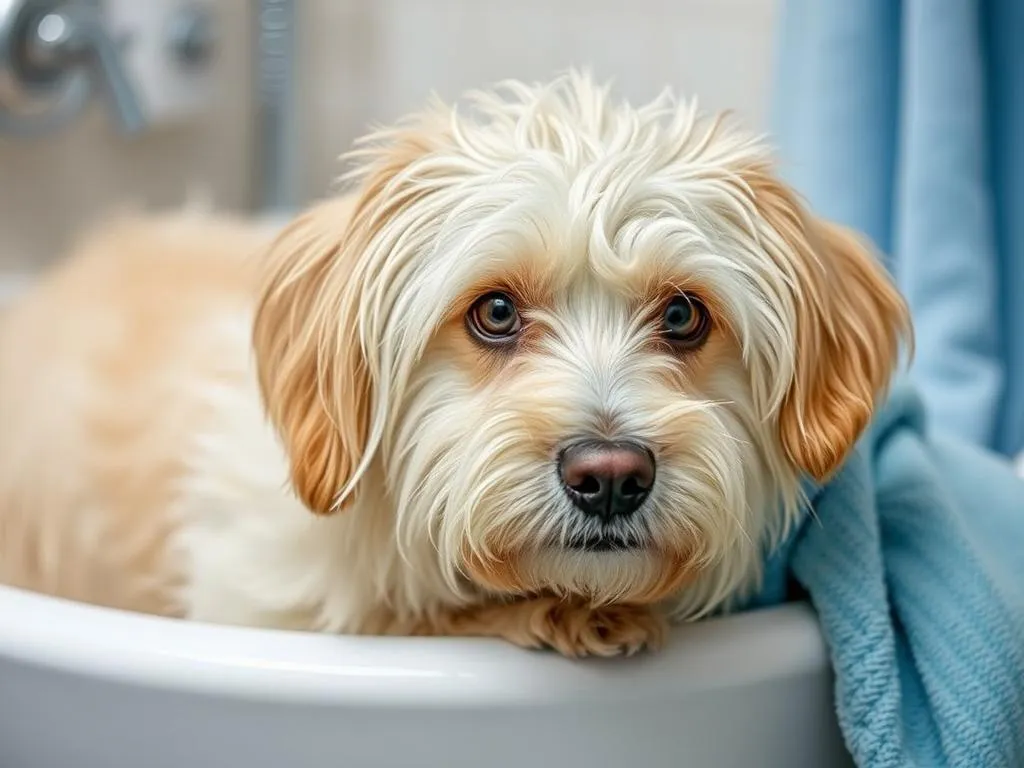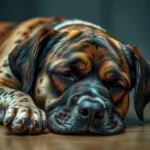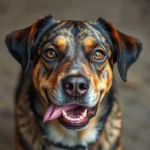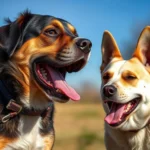
Taking care of your dog involves more than just regular feeding and exercise; proper grooming, including how to dry your dog after bath, is essential for maintaining your furry friend’s health. Neglecting this important step can lead to a range of issues, such as skin infections, unpleasant odors, and discomfort for your pet. In this guide, we will explore effective techniques and tips for drying your dog after a bath, ensuring that they stay healthy and happy.
Understanding Your Dog’s Coat
Different Types of Dog Coats
Understanding your dog’s coat is crucial for determining the best drying methods. Dogs have various coat types, including:
- Short Coats: Breeds like Beagles or Boxers have smooth coats that dry relatively quickly.
- Long Coats: Breeds such as Golden Retrievers or Collies have longer fur that may require more effort to dry.
- Curly Coats: Poodles and Portuguese Water Dogs have curly coats that can trap moisture and require special attention.
- Double-Coated: Breeds like Huskies and German Shepherds have an undercoat that can retain moisture, necessitating thorough drying.
Each coat type affects how moisture is trapped and how long it takes to dry, influencing your drying strategy.
Importance of Coat Care
The health of your dog’s coat directly impacts their overall well-being. A damp coat can lead to skin irritations, fungal infections, and an unpleasant odor. By ensuring your dog is thoroughly dried after a bath, you promote a healthy coat and skin, helping to prevent these issues.
Preparing for the Bath
Gather Your Supplies
Before you even start the bath, it’s important to gather all necessary supplies to make the process smoother. Here’s a list of items you’ll need:
- Towels: A couple of absorbent towels.
- Dog Dryer: A dog-specific dryer (more on this later).
- Brush: To detangle your dog’s coat before and after the bath.
- Shampoo and Conditioner: Products that are specifically formulated for dogs.
Having everything ready beforehand helps in creating a stress-free environment for both you and your dog.
Choosing the Right Bathing Products
Selecting the right shampoo and conditioner is critical for your dog’s coat health. Look for hypoallergenic and dog-specific products to avoid skin irritation. Consider your dog’s specific needs, such as:
- Sensitive skin: Choose a gentle, moisturizing shampoo.
- Fleas and ticks: Use medicated shampoos designed to combat pests.
- Dull coat: Opt for products that enhance shine and hydration.
Bathing Your Dog
Pre-Bath Grooming
Before jumping into the bath, brush your dog’s coat thoroughly. This step helps remove tangles and loose fur, making the bathing process easier and more effective. Depending on the coat type, you may need a slicker brush or a comb to detangle the fur properly.
Bathing Techniques
When it comes to the actual bath, follow these steps for a successful experience:
- Prepare the Bath Area: Ensure the area is safe and comfortable for your dog.
- Wet Your Dog: Use a handheld showerhead or a cup to wet your dog gradually, avoiding their ears and eyes.
- Apply Shampoo: Massage the shampoo into their coat, making sure to cover all areas.
- Rinse Thoroughly: Ensure all shampoo is washed out to prevent skin irritation.
- Condition: If using a conditioner, apply it similarly and rinse well.
- Drying Time: Have your towels ready immediately after rinsing to start the drying process.
Keeping your dog calm and comfortable during the bath is essential. Use soothing words, and consider offering treats to make the experience more enjoyable.
Effective Drying Techniques
Using Towels
Towel drying is one of the most common methods for drying your dog. Here are some best practices:
- Gentle Patting: Instead of rubbing, gently pat your dog with the towel to absorb moisture. This reduces friction and prevents tangling.
- Microfiber Towels: Consider using microfiber towels, as they are more absorbent than regular towels and can help speed up the drying process.
Air Drying
Air drying can be an effective method for certain dogs, but it has its pros and cons:
- Pros: It’s a natural method and doesn’t involve any equipment that might stress the dog.
- Cons: Depending on the weather conditions, air drying can take a long time and may not be suitable for all breeds, especially those prone to skin issues.
If you choose to air dry, ensure that the temperature and humidity are suitable—avoid doing it on a cold day or in a damp environment.
Using a Dog Dryer
Dog-specific dryers can significantly reduce drying time, especially for breeds with thick or long coats. Here’s what you need to know:
- Types: There are force dryers that blow warm air and handheld dryers for more targeted drying.
- Safety Tips: Always keep the dryer at a safe distance from your dog’s skin to prevent overheating. Monitor your dog for any signs of stress, and make breaks if needed.
Combination Methods
Combining different drying methods can yield the best results. For instance, you might start with towel drying to remove the bulk of moisture, followed by a dog dryer for thorough drying. This routine helps ensure that your dog is completely dry, reducing the risk of skin problems.
Post-Drying Care
Checking for Damp Spots
After drying, inspect your dog for any damp spots, particularly in areas prone to moisture build-up such as:
- Ears
- Underbelly
- Paws
These areas can trap moisture and lead to infections if not dried properly. Use a towel or dryer to ensure these spots are completely dry.
Hydrating the Skin
To maintain your dog’s skin health, consider using a moisturizing spray or conditioner after drying. Look for products that are specifically designed to hydrate and soothe your dog’s skin, especially if they have dry or sensitive skin.
Common Mistakes to Avoid
Rushing the Drying Process
One of the biggest mistakes pet owners make is rushing the drying process. Not only does this lead to damp spots, but it can also result in skin irritations. Take your time, and ensure that your dog is thoroughly dried before letting them roam freely.
Using Human Products
Using human towels or hair dryers can be detrimental to your dog’s health. Human products may not be suitable for a dog’s coat or skin type and can cause irritation or even burns. Always opt for dog-specific products designed for their unique needs.
Ignoring the Dog’s Comfort
Pay attention to your dog’s body language during the drying process. Signs of discomfort may include panting, whining, or trying to escape. If your dog seems stressed, take breaks and offer reassurance. Creating a calm atmosphere can help make the drying process more enjoyable.
Conclusion
Understanding how to dry your dog after bath is crucial for maintaining their health and comfort. By employing the right techniques and products, you can ensure that your dog remains clean, dry, and healthy. Prioritizing proper drying practices not only keeps your pet looking their best but also contributes significantly to their overall well-being.
Incorporating these tips into your bathing routine will help you provide the best care for your furry friend, promoting a happy and healthy life together.
FAQs
How often should I bathe my dog?
The frequency of bathing depends on the breed and lifestyle of your dog. Typically, once a month is sufficient for most dogs, but active or outdoor dogs may require more frequent baths.
Can I use a regular human hair dryer on my dog?
It is not recommended to use a regular human hair dryer, as the heat may be too intense for a dog’s skin. Instead, opt for a dog-specific dryer designed for their needs.
What should I do if my dog hates water?
If your dog dislikes water, try introducing them to baths gradually. Use treats to create positive associations and consider using a damp cloth to clean them instead of a full bath.
How can I keep my dog calm during bath time?
To keep your dog calm, create a stress-free environment by using soothing voices, offering treats, and ensuring the bathing area is comfortable. Taking your time and making it a pleasant experience can also help significantly.









